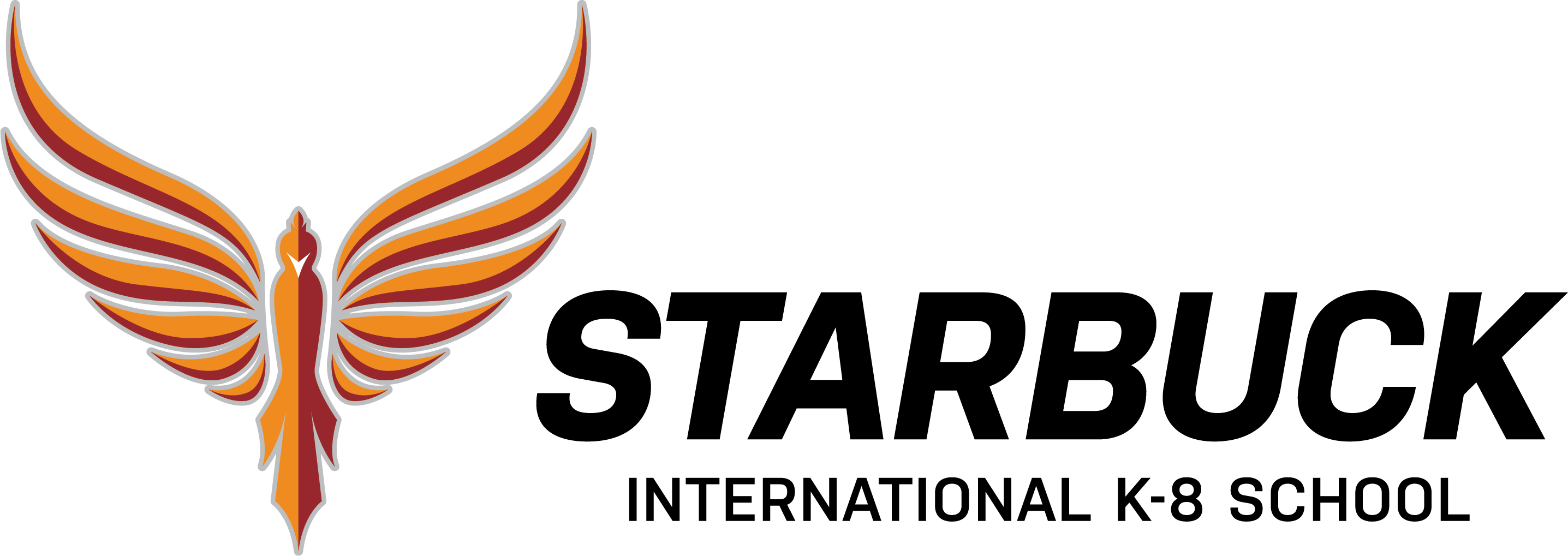5 Ways Learn Calculus

Calculus, a branch of mathematics that deals with the study of continuous change, is a fundamental subject that has numerous applications in fields such as physics, engineering, economics, and computer science. It is divided into two main branches: differential calculus and integral calculus. Differential calculus concerns rates of change and slopes of curves, while integral calculus deals with accumulation of quantities. Mastering calculus can be challenging, but with the right approach, it can also be rewarding. Here are five ways to learn calculus, each tailored to different learning styles and preferences.
1. Traditional Classroom Setting
Learning in a traditional classroom setting offers the advantage of direct interaction with instructors and peers. This environment allows for real-time questions, discussions, and the sharing of ideas. Many universities and colleges offer calculus courses, and some even provide honors sections for those who want a more challenging experience. The structured schedule helps in staying on track, and assignments, quizzes, and exams provide a clear measure of progress. Moreover, classroom settings often include additional resources such as tutoring centers, which can be invaluable for students struggling with certain concepts.
2. Online Courses and Tutorials
For those who prefer a more flexible learning schedule or have constraints that prevent them from attending traditional classes, online courses and tutorials are an excellent alternative. Platforms like Khan Academy, Coursera, edX, and MIT OpenCourseWare offer comprehensive calculus courses. These resources often include video lectures, practice problems, quizzes, and discussion forums where students can interact with instructors and other students. Online learning allows students to proceed at their own pace, review difficult concepts as many times as needed, and access course materials from anywhere with an internet connection.
3. Textbooks and Workbooks
Textbooks and workbooks are essential tools for learning calculus. They provide detailed explanations, examples, and a plethora of practice problems. Classics like “Calculus” by Michael Spivak and “Calculus: Early Transcendentals” by James Stewart are highly recommended for their clarity and comprehensiveness. Workbooks, on the other hand, offer numerous exercises to help solidify understanding. It’s beneficial to use a combination of textbooks for theory and workbooks for practice. Additionally, many textbooks now come with online resources, including video tutorials and interactive quizzes, further enhancing the learning experience.
4. Learning Apps and Software
There are several apps and software designed to help learn calculus, offering interactive lessons, video tutorials, and practice exercises. Apps like Photomath can solve problems step-by-step, providing insight into the solution process, while software like Mathematica and Maple are powerful tools for symbolic computation and can be used to explore calculus concepts in depth. These tools are particularly useful for visualizing complex concepts and for practicing problems. They often come with a user-friendly interface and can be accessed from mobile devices, making learning more accessible.
5. Real-World Applications and Projects
One of the most engaging ways to learn calculus is by applying its principles to real-world problems or projects. This approach helps in understanding the practical relevance of calculus and can make the learning process more enjoyable and rewarding. For example, calculating the maximum area of a fence given a certain perimeter, understanding population growth models, or optimizing the design of electronic components are all practical applications of calculus. Working on projects that involve data analysis, physics simulations, or even video game development can provide hands-on experience with calculus concepts. This method encourages a deeper understanding of how calculus works in real scenarios.
Conclusion
Learning calculus requires dedication, persistence, and the right resources. By combining these five methods—traditional classroom learning, online courses, textbooks and workbooks, learning apps and software, and real-world applications—students can create a comprehensive and engaging learning experience. It’s also important to practice regularly, as calculus builds upon previously learned concepts. Whether aiming for a career in a calculus-dependent field or seeking to enhance problem-solving skills, mastering calculus can be a highly rewarding endeavor.
FAQ Section
What are the main branches of calculus?
+Calculus is mainly divided into two branches: differential calculus and integral calculus. Differential calculus deals with rates of change and slopes of curves, while integral calculus concerns the accumulation of quantities.
Why is calculus important to learn?
+Calculus is crucial for understanding numerous phenomena in physics, engineering, economics, and computer science. It provides tools for modeling real-world problems and optimizing functions, making it a fundamental subject for careers in these fields.
How can I practice calculus effectively?
+Practicing calculus involves working through many problems. It’s essential to start with basic exercises and gradually move to more complex ones. Using a variety of resources, such as textbooks, online tutorials, and practice apps, can provide a comprehensive set of problems to work on.
